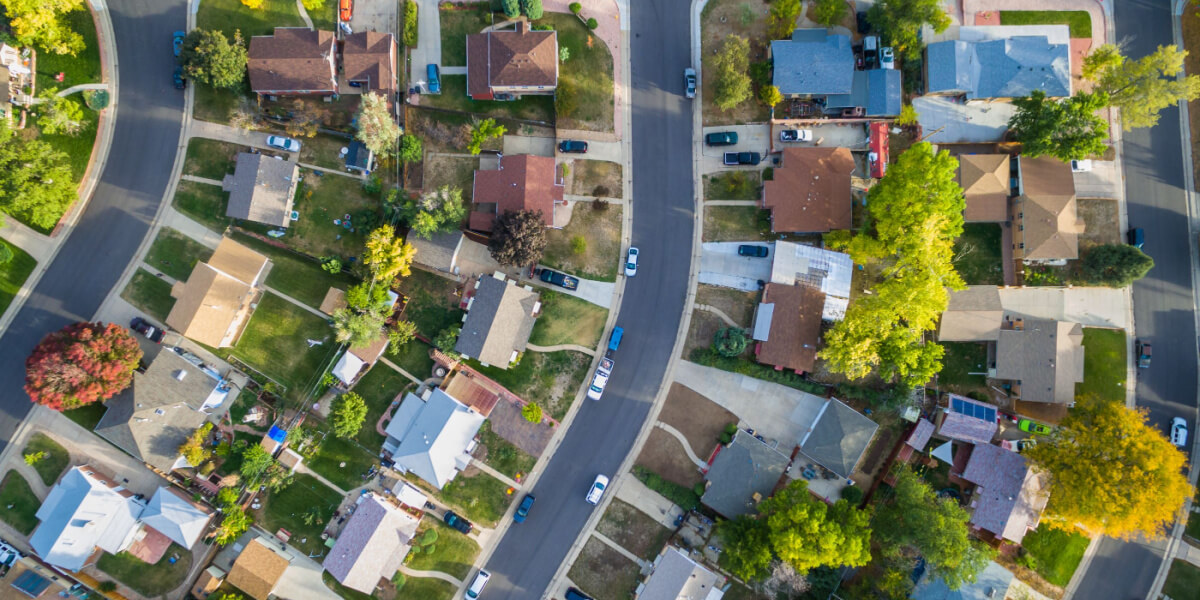With more power, comes more responsibility. And as rooftop solar systems become increasingly popular among Aussie homeowners, it seems the power grid is paying the price with an influx of solar energy exports. This is especially the case during the middle of the day, when solar energy exports are at their highest.
Unfortunately, this peak export time doesn’t align with the everyday usage habits of most Aussies, which means quite a lot of this solar energy goes to waste and places unnecessary strain on the grid.
But a new kind of tariff known as a ‘solar sponge tariff’ has been introduced to combat this dilemma. So, what does this tariff offer? And, how does it differ to any of the other tariffs currently available to consumers? Canstar Blue uncovers these details and much more below.
On this page:
What is a solar sponge tariff?
A solar sponge tariff is a component of a time of use (TOU) electricity tariff for households. This means that instead of paying the same rate for electricity all day, for a small portion of the day electricity becomes cheaper for households on this tariff. This period is generally between 10am and 3pm, where there is the biggest discrepancy between the amount of solar power being created and the level of demand.
The idea is that a solar sponge tariff “soaks up” the excess solar power generated during this time by rewarding customers who shift their usage to the middle of the day with cheaper rates, instead of in the afternoons/evenings when demand is highest.
How do solar sponge tariffs work?

A solar sponge tariff works by charging customers different rates for electricity usage, depending on the time of day. Typically, customers will be charged a significantly smaller amount for usage during off-peak times but a considerable amount more during peak times. This activity is measured through the use of a smart meter.
To get the most out of a flexible pricing tariff, such as a solar sponge tariff, households will need to shift their energy usage habits to align with off-peak times. This can be done in small ways, such as putting your washing machine on a delayed start or running the dishwasher in the morning instead of the evening.
It is important to note that a flexible pricing tariff may not help to make energy bills cheaper if homeowners don’t change their energy usage habits. In fact, in some cases, it may worsen power bill costs.
Who can access solar sponge tariffs?
While the title may be misleading, anyone can access a solar sponge tariff – whether they have solar panels installed or not. The main thing that may prevent a household from signing up to a time of use tariff that includes a solar sponge period is the type of meter that they have installed. Solar sponge tariffs require a smart meter in order to accurately measure the time of use data.
Access to a solar sponge tariff will also be dependent on the distribution network a household is situated in. Some areas may not currently offer this kind of tariff.
Read more: How to get a smart meter
Which states and territories offer solar sponge tariffs?
Solar sponge tariffs were first introduced in South Australia, but are now also available in New South Wales (Endeavour Energy network only), South-East Queensland and Victoria. Unfortunately, the Australian Capital Territory, Tasmania, Northern Territory, Western Australia and the Ausgrid and Essential Energy networks in NSW are yet to implement solar sponge tariffs. This is expected to change in the next three to five years.
Compare single-rate electricity plans
Here are some of the cheapest published deals from the retailers on our database that include a link to the retailer’s website for further details. These are products from referral partners†. These costs are based on the Ausgrid network in Sydney but prices may vary depending on your circumstances. This comparison assumes general energy usage of 3900kWh/year for a residential customer on a single rate tariff. Please use our comparison tool for a specific comparison in your area. Our database may not cover all deals in your area. As always, check all details of any plan directly with the retailer before making a purchase decision.
Here are some of the cheapest published deals from the retailers on our database that include a link to the retailer’s website for further details. These are products from referral partners†. These costs are based on the Citipower network in Melbourne but prices may vary depending on your circumstances. This comparison assumes general energy usage of 4000kWh/year for a residential customer on a single rate tariff. Please use our comparison tool for a specific comparison in your area. Our database may not cover all deals in your area. As always, check all details of any plan directly with the retailer before making a purchase decision.
Here are some of the cheapest published deals from the retailers on our database that include a link to the retailer’s website for further details. These are products from referral partners†. These costs are based on the Energex network in Brisbane but prices may vary depending on your circumstances. This comparison assumes general energy usage of 4600kWh/year for a residential customer on a single rate tariff. Please use our comparison tool for a specific comparison in your area. Our database may not cover all deals in your area. As always, check all details of any plan directly with the retailer before making a purchase decision.
Here are some of the cheapest published deals from the retailers on our database that include a link to the retailer’s website for further details. These are products from referral partners†. These costs are based on the SA Power network in Adelaide but prices may vary depending on your circumstances. This comparison assumes general energy usage of 4000kWh/year for a residential customer on a single rate tariff. Please use our comparison tool for a specific comparison in your area. Our database may not cover all deals in your area. As always, check all details of any plan directly with the retailer before making a purchase decision.
What to consider before signing up to a solar sponge tariff

The biggest thing that consumers will need to consider before switching to a solar sponge tariff is their personal energy usage and habits. Using a solar sponge tariff means that peak energy times – when people typically use the most power – will become considerably more expensive to use energy in. And while it means that off-peak times become significantly cheaper to use power in, if households can’t shift a large portion of their energy usage to fit these times, then any potential savings could become void.
So, if you do decide to go with a solar sponge tariff, what can you do to make the most out of it? The biggest thing will be ensuring that you shift a large portion of your usage habits to align with the new off-peak times charged on your plan. This might mean taking a look at the biggest power guzzlers in your home. Some of the appliances you might need to consider switching usage for include:
- Dishwashers
- Washing machines
- Clothes dryers
- Air conditioners
- Ovens
- Slow cookers
- Electric vehicle charging
- Pool pumps
- Heaters
- Charging appliances such as speakers
Customers with a solar battery may also find some added benefit from a solar sponge tariff by aligning their solar energy usage with the peak times of their plan. This way, they can avoid paying for grid energy during the most expensive part of the day.
You might also be interested in:
Should I switch to a solar sponge tariff?
Ultimately this decision comes down to whether or not shifting a large portion of your energy usage can justify the potential cost savings of off-peak rates. If you are in a position where you can afford to rotate most of your energy usage to the middle of the day, then there could be an opportunity to save on your energy bills with a solar sponge tariff – particularly if you also have solar energy generation and storage on your property too.
However, if you don’t see it being a simple task to shift your power usage, it may be safer in the long term to stay on a single-rate tariff and focus instead on finding cheaper usage or supply rates. Remember, with a solar sponge tariff you are not only getting significantly cheaper rates for off-peak times but also considerably more expensive rates for peak times – in most cases, even more expensive than average rates on a standard single rate tariff.
If you’re unsure of whether your household may benefit from a solar sponge tariff, it might be worth reaching out to your retailer and seeing which options they think will suit you best based on your past usage data.
In the meantime, if you’re on the hunt for a new single-rate electricity plan then be sure to head to our free comparison tool below. Here you’ll find a range of offers from more than 20 providers available in your area. To get started, just add your postcode.
Image credit: Arina P Habich/Shutterstock.com, Tatgynsy/Shutterstock.com, Digital Genetics/Shutterstock.com



Share this article